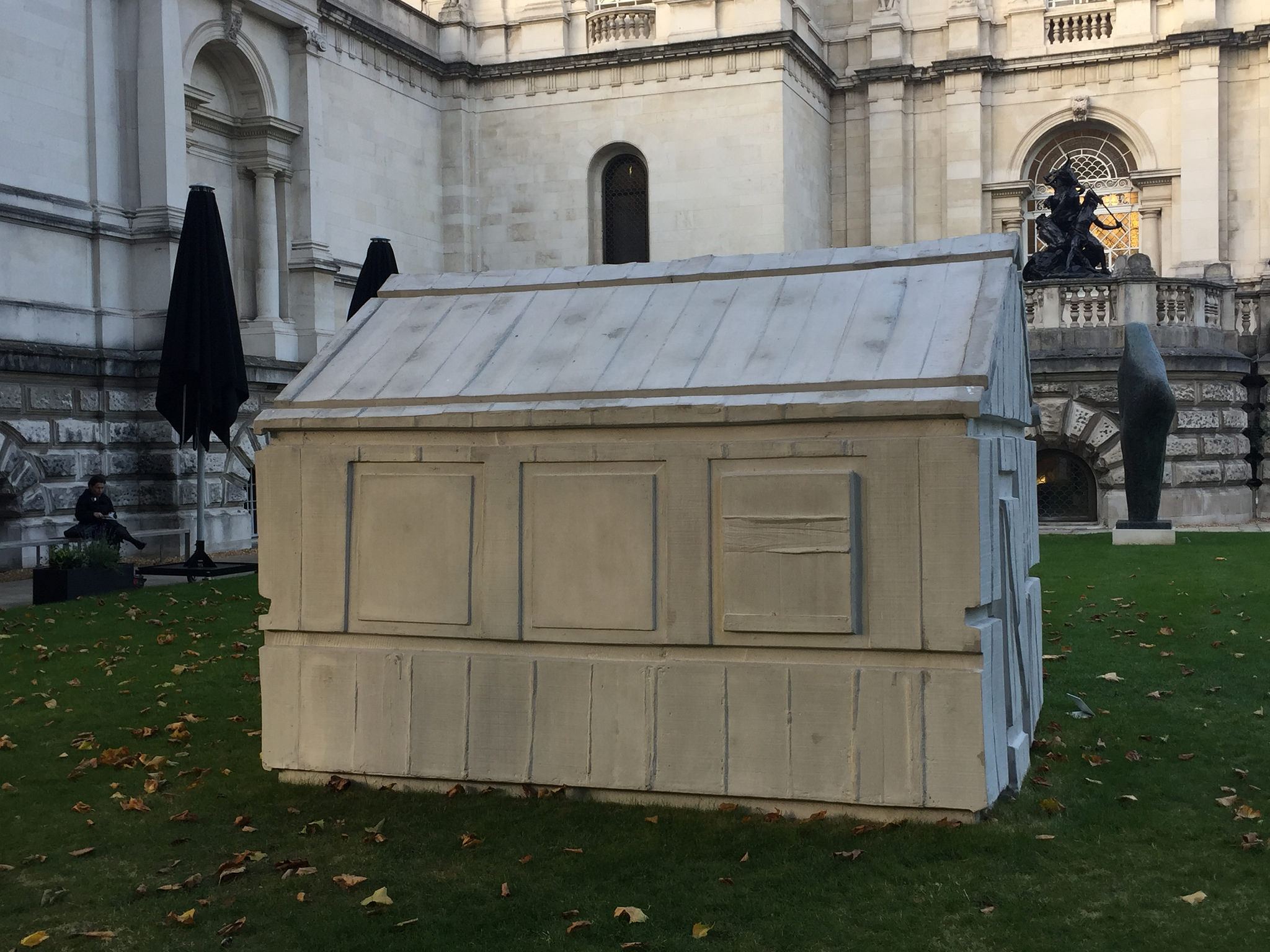
Selected Topics in Architectural History and Theory: The Persistent Index
ARC3318H F
Instructor: Peter Sealy
Meeting Section: L0101
Monday, 9:00am - 12:00pm
Location: TBD
The rise of digital techniques over the last thirty-five years has raised the possibility of a virtual world unbounded from any connection to physical reality. However, much of architecture—and many of its image-making practices—remains indexically bound to reality. From the use of 3D scanning and printing in historic restoration to the adoption of photomontage as an antidote to the ubiquity of slick photorealistic renderings, architects are deploying new indexical techniques for engaging the real. From David Chipperfield’s use of 3D scanning to restore Berlin’s Neues Museum to Rachel Whiteread’s provocative materializations of negative spaces (both real and fictive), from Mark Burry’s digitalization of Gaudi’s plaster models to complete Sagrada Familia to Peter Zumthor’s use of tree trunks to shape the space inside his Bruder Klaus Field Chapel, contemporary art and architecture have developed a fascinating relationship with indexicality in recent years.
This seminar will explore indexicality as a historical and contemporary frame for architecture through a series of thematic explorations: language, casting, restoration, truth, realism, etc. Photography will provide a major theoretical and practical focus, while contemporary practices in art and medicine (the advent of bio-printing) will also be explored at length. Readings will include texts from Rosalind Krauss, Charles Sanders Peirce, and other theorists of the index.
Seminar participants will complete three major assignments:
1) The presentation of an object from the Canadian Centre for Architecture’s collection;
2) The making of an image or object in response to the themes raised in this seminar; and
3) The writing of a short theoretical paper on a relevant topic.
**Please note that an optional visit to Montréal is provisionally scheduled for November 3 –5**
Image: Rachel Whiteread, Chicken Shed, Tate Britain (2017)
Copyright ACME and licensed for reuse under this Creative Commons Licence

